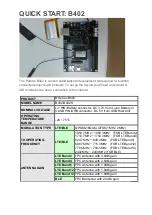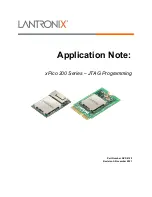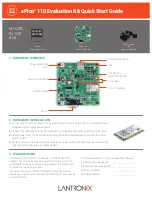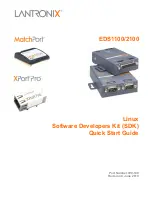
3-12
Cisco Wireless LAN Controller Configuration Guide
OL-8335-02
Chapter 3 Configuring Ports and Interfaces
Configuring the Management, AP-Manager, Virtual, and Service-Port Interfaces
Using the CLI to Configure the Management, AP-Manager, Virtual, and
Service-Port Interfaces
This section provides instructions for displaying and configuring the management, AP-manager, virtual,
and service-port interfaces using the CLI.
Using the CLI to Configure the Management Interface
Follow these steps to display and configure the management interface parameters using the CLI.
Step 1
Enter
show interface detailed management
to view the current management interface settings.
Note
The management interface uses the controller’s factory-set distribution system MAC address.
Step 2
Enter
config wlan disable
wlan-number
to disable each WLAN that uses the management interface for
distribution system communication.
Step 3
Enter these commands to define the management interface:
•
config interface address management
ip-addr ip-netmask
gateway
•
config interface vlan management
{
vlan-id
|
0
}
Note
Enter
0
for an untagged VLAN or a non-zero value for a tagged VLAN. Cisco recommends
that only tagged VLANs be used on the controller.
•
config interface port management
physical-ds-port-number
•
config interface dhcp management
ip-address-of-primary-dhcp-server
[
ip-address-of-secondary-dhcp-server
]
•
config interface acl management
access-control-list-name
Note
To create ACLs, follow the instructions in
Chapter 5
.
Step 4
Enter
show interface detailed management
to verify that your changes have been saved.
Using the CLI to Configure the AP-Manager Interface
Follow these steps to display and configure the AP-manager interface parameters using the CLI.
Step 1
Enter
show interface summary
to view the current interfaces.
Note
If the system is operating in Layer 2 mode, the AP-manager interface is not listed.
Step 2
Enter
show interface detailed ap-manager
to view the current AP-manager interface settings.
















































